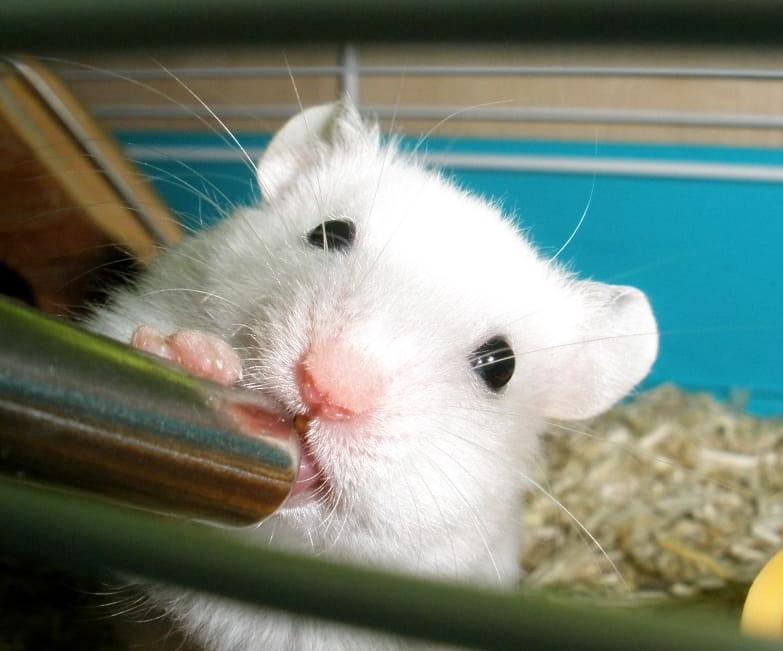By Deborah Roby

Researchers at the Vanderbilt Center for Addiction Research, along with collaborators at MIT and Salk Institute, have determined a neurological pathway that may be used to determine a person’s susceptibility to compulsive alcohol consumption. Using a novel task they developed, the binge-induced compulsion task (BICT), Cody Siciliano (Pharmacology) and colleagues tracked individual differences in neural trajectories that led to compulsive alcohol drinking in mice, despite punishment associated with drinking. They reported their findings in the journal Science.
Signals from the medial prefrontal cortex (mPFC), a region of the brain typically involved in controlling behavior, communicate with neurons in the dorsal periaqueductal grey (dPAG), a region in the midbrain involved in aversion to negative environmental stimuli. A higher number of excitatory signals from the mPFC to dPAG (mPFC-dPAG) during initial alcohol consumption in the mice corresponded to a low consumption of alcohol at later stages in the BICT, suggesting that the mPFC signals encoded a message to the dPAG that the alcohol was something of which to be wary. Alternatively, increased inhibitory signals in mPFC-dPAG neurons correlated to a compulsive drinking habit in the mice despite aversive events linked to the drinking, such as a bitter taste or a foot shock.
The activity in these neurons, although they have no initial effect on behavior, is predictive of future addictive behavior. To mimic the inhibitory and excitatory signals in the mPFC-dPAG pathway, Siciliano implanted light-responsive proteins in the mPFC, which were carried down to axon terminals in the dPAG, where he used light to excite those proteins and elicit a response. This set-up produced the same result: after multiple exposures to alcohol, mPFC-dPAG inhibition resulted in compulsive drinking and mPFC-dPAG excitation resulted in decreased alcohol consumption.
Siciliano’s research serves as a behavioral model for determining human addiction susceptibility. Not only is it predictive of whether or not an individual might engage in binge drinking, but it highlights a potential way to target neural circuitry as a treatment option for alcohol abuse in humans.